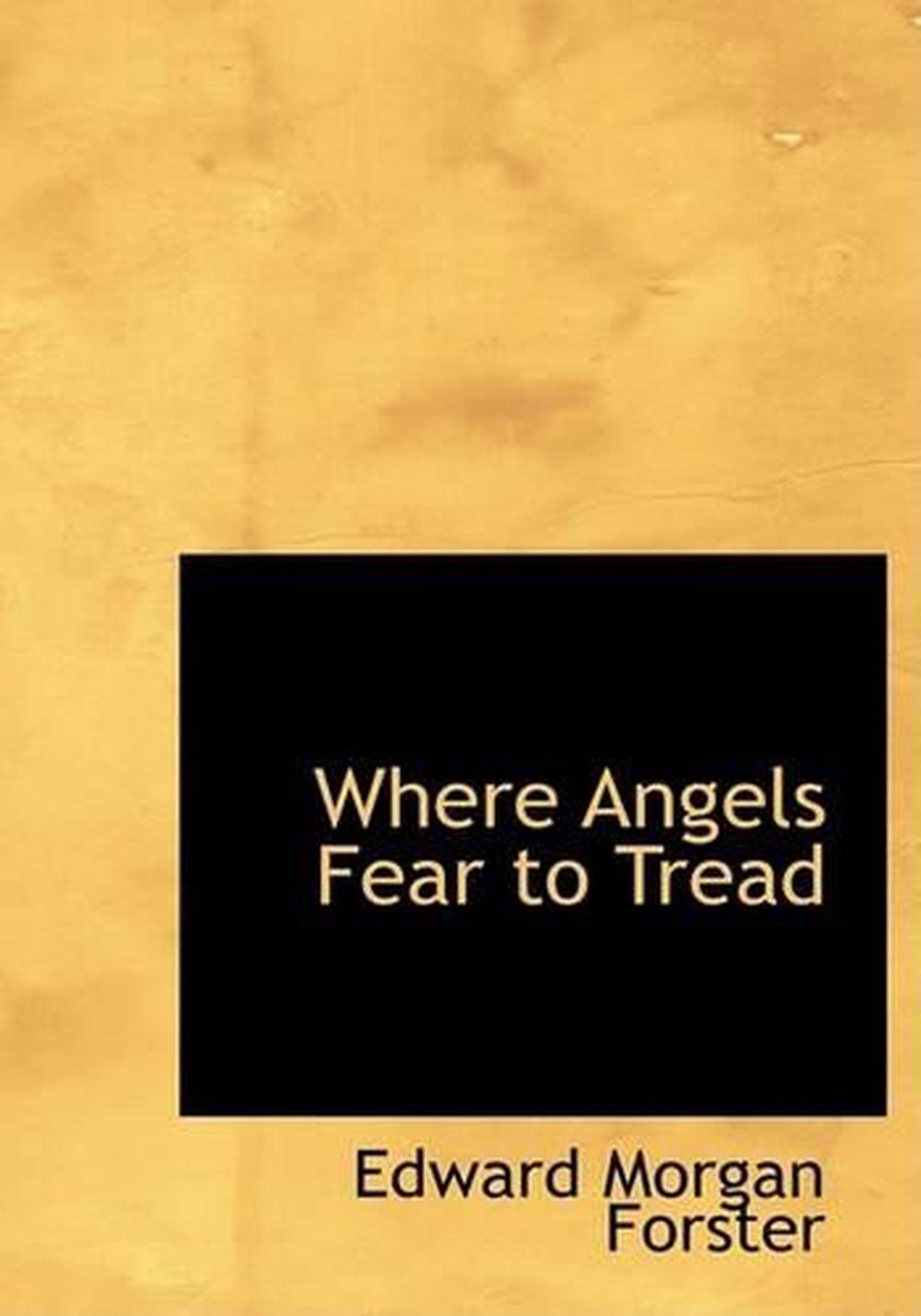
Herriton, and her two children, Philip and Harriet, have supervised Lilia closely to assure that she does not do anything to disgrace the family, but have decided to allow her Italian journey in the hope that the experience will help to civilize her (Philip is an aesthete who has had his own life-changing experience of Italy). A markedly frivolous woman, Lilia is the widow of Charles Herriton, and since Charles’s death has been living with his family in the village of Sawston. The action of the novel begins at a train station, as Lilia Herriton says her goodbyes before embarking on a trip to Italy. Like Lucia di Lammermoor, the tragic opera that becomes raucously entertaining in one of the novel’s most memorable scenes, Where Angels Fear to Tread climaxes in a “song of madness and death” but at points crosses into the territory of farce (20).


With its action split between England and Italy, the novel raises questions about national character the possibility of personal connection across social differences that would occupy Forster throughout his career. Where Angels Fear to Tread ( 1905) is E.M.


 0 kommentar(er)
0 kommentar(er)
